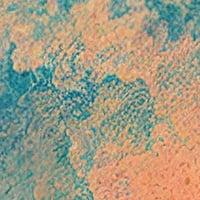Photographic communication and our experiencing selves
Due to the increasing ubiquity of connected cameras, writes Nick Bilton in the NY Times, photography is shifting away from documentation to communication.
Photos, once slices of a moment in the past — sunsets, meetings with friends, the family vacation — are fast becoming an entirely new type of dialogue. The cutting-edge crowd is learning that communicating with a simple image, be it a picture of what’s for dinner or a street sign that slyly indicates to a friend, “Hey, I’m waiting for you,” is easier than bothering with words, even in a world of hyper-abbreviated Twitter posts and texts.
“This is a watershed time where we are moving away from photography as a way of recording and storing a past moment,” said Robin Kelsey, a professor of photography at Harvard, and we are “turning photography into a communication medium.”
Dave Pell worries that the realtime availability of all these photos is getting in the way of our experiencing selves.
Maybe it was a bad angle. Maybe I didn’t get his good side. Maybe he just didn’t have that surfer vibe. Whatever it was, the photo wasn’t all that cool. Given time to reflect (even the few days I used to get between my own childhood birthdays and my mom picking up a set of 4x6 prints at the local pharmacy), my son probably would’ve developed a version of that day that had him riding a giant a wave, looking like a cross between Laird Hamilton and Eddie Vedder. Instead, he pretty much looked like a landlocked three year-old on a beach-bound surfboard who was suffering from a rare — but particularly punishing — bad hair day.
The instant my son looked at the image, his imagination-driven perception of himself was replaced by a digital reproduction of the moment he had just experienced. He had a few seconds, not nearly long enough, to create is own internal version of what that moment looked — and by extension felt — like.





Stay Connected